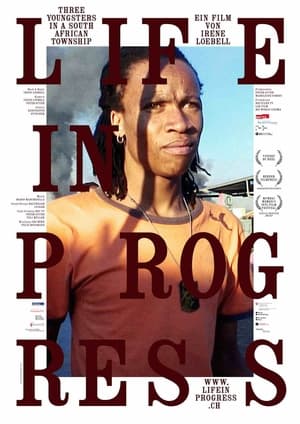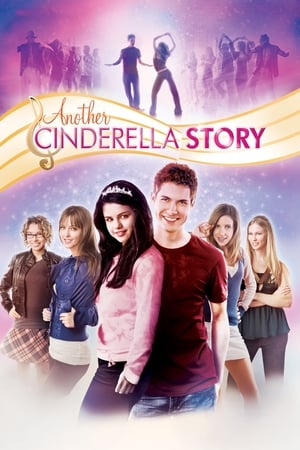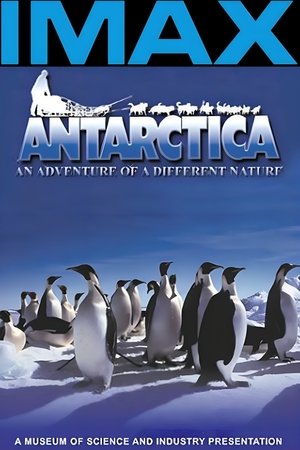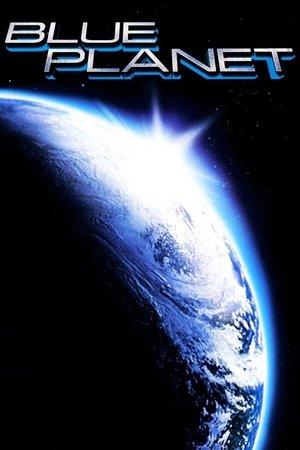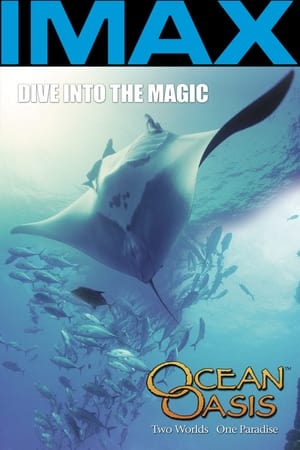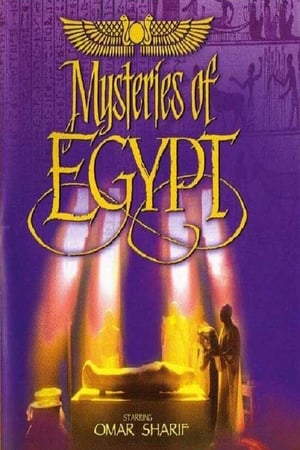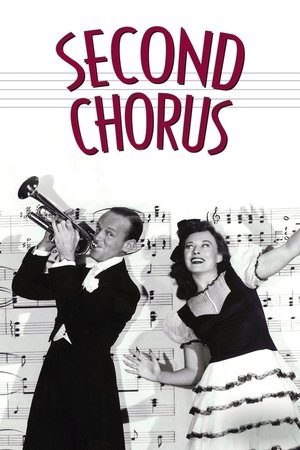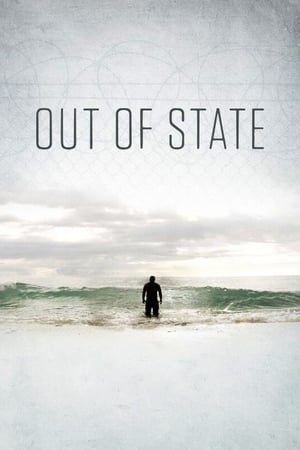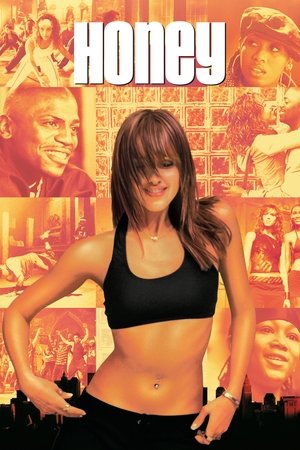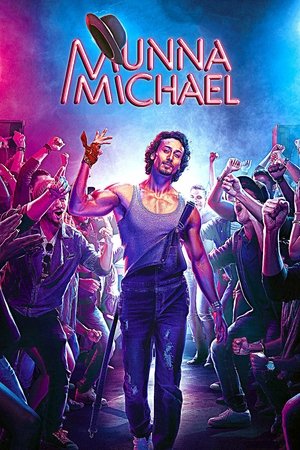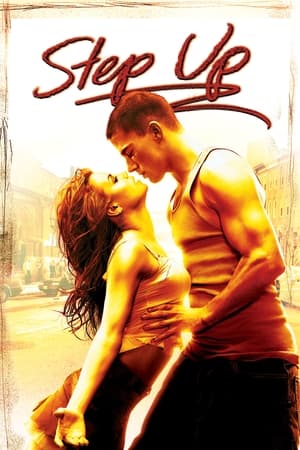Overview
Ballroom dancers Veloz and Yolanda perform the various dance fads of the first half of the twentieth century.
Reviews
You’ve probably heard of the tango and the jitterbug, but the maxixe and the wormstep? These are all examples of the dances on display here from acclaimed partners Veloz and Yolanda with a short and stylish contribution from the Anglo-American pairing of Vernon and Irene Castle in here, too. It’s a basic film production but the lighting is used to good effect as is the scoring as these masters take us through the paces of their elegant and lively performances, culminating in an energetic rhumba. It’s quite an interesting compendium of early twentieth century routines that is quite artfully put together.

 11 min
11 min
 5.4
5.4
 1943
1943
 USA
USA
 CinemaSerf wrote:
CinemaSerf wrote: